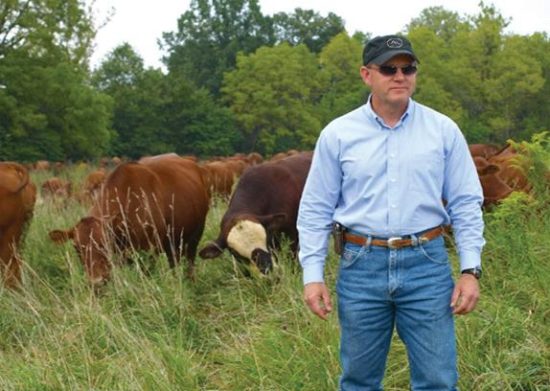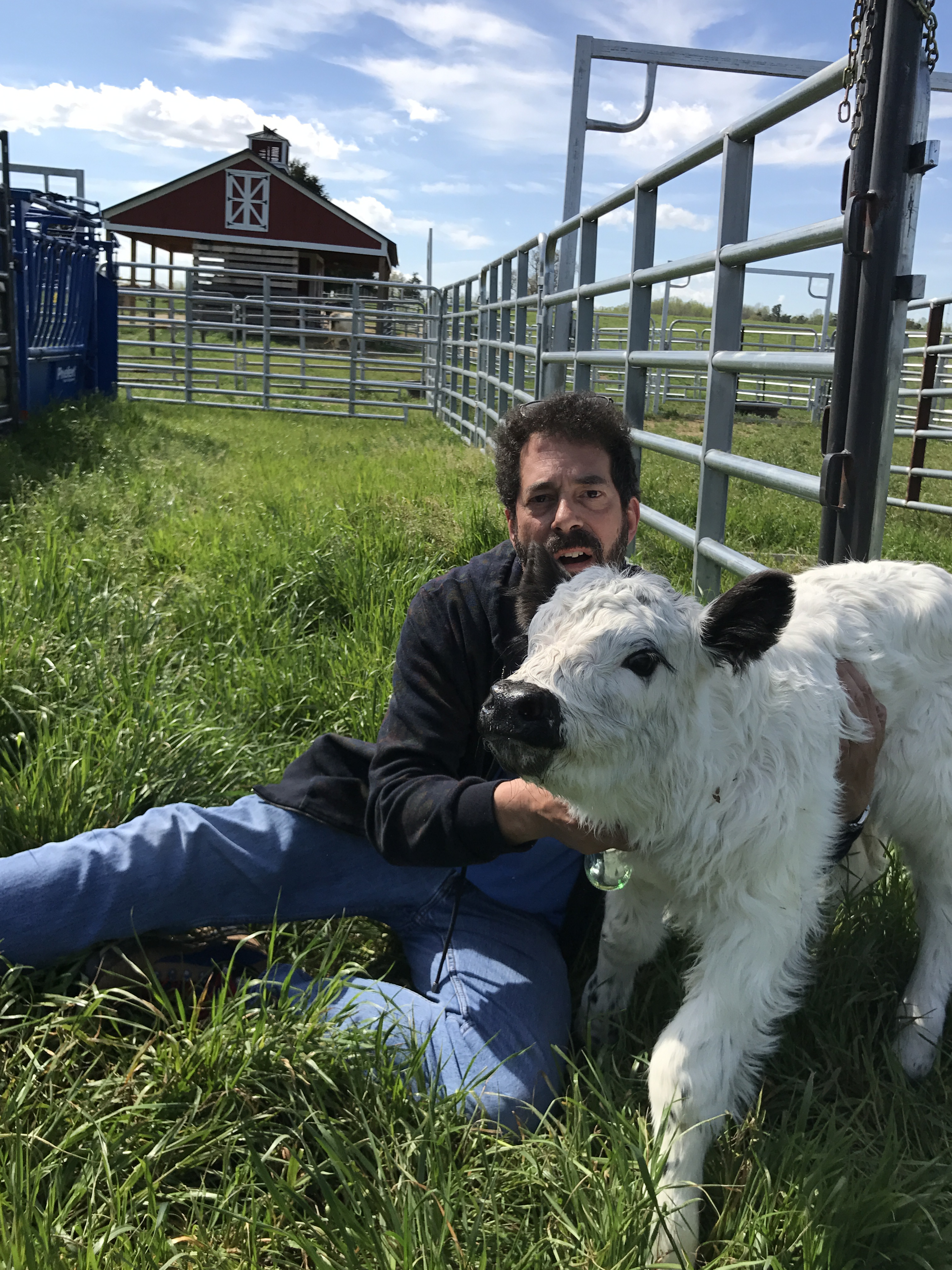Optimal Dry Matter Intake (DMI) results in optimal production for grazing livestock. If you’re a grazier, that impacts your bottom line. But how do you achieve optimal DMI? Grass Fed Beef, LLC founder and grazing expert Dr. Allen Williams outlines five ways to boost DMI to maximize production and profits.
#1 Graze at Mid-Stage
For ideal grazing, make sure the forages are at mid-stage maturity when you put cattle on the paddock. “That is when you will have the most optimal balance of protein to energy in those forages, and they are going to be richly mineralized,” says Williams. “That is going to give you the greatest level of performance from the livestock grazing those pastures at any given point in time.”
#2 Provide Shade for Comfort and Production
Cattle suffering from heat stress will consume 50 to 70% less dry matter, depending on the degree of heat stress. “No matter what class of livestock you are grazing that will result in significant reduction in body condition, and at some point you have to put that body condition back on them,” notes Williams. “When they are losing body condition they are not productive, they are going backwards. It costs a lot more money to put lost body condition back on than it would have to simply maintain that body condition to begin with.”
You get your biggest bang for your buck with mobile shade, such as a Shade Haven. “When you can provide shade where it’s needed and therefore optimize your grazing, that makes it an investment rather than a cost,” says Williams, who notes the same applies to money spent on water systems and movable fencing.
“Shade is an investment not a cost, because it allows your cattle to perform better and it allows you to have a much more optimal grazing program,” Williams adds. “I’ve seen people that have pastures that their cattle rarely graze even though they have access to them, because they don’t have shade or adequate water access.”
By waiting to graze until forages reach mid-stage maturity, you’ll have cooler, moister soil, which also reduces risks of heat stress. “Those soils provide more comfort to the cattle as they are grazing,” notes Williams. “What we have found through our research is that when you are grazing cattle in the heat of the summer, the closer you crop down those forages, the more soil moisture you lose and the greater that soil heats up.”
Williams’ research found as much as a 50-degree difference in soil temperature in a well-managed pasture versus a poorly managed pasture. “In well-managed pastures, you typically have soil temperatures in the 70s and 80s on hot summer days,” he explains. “But where they are more closely cropped down and the cattle are allowed to graze them too tightly, those temps can be 140 degrees or more on the exact same day. Which pasture would you be more comfortable standing in?”
The answer is obvious. When cattle lie down on the cool, moist soil it has a beneficial impact on comfort, says Williams. “And when they can do that under shade as well, you are doubling that very positive impact.”
#3 – Allow Easy Access to Water
The third thing that influences the ability of cattle to consume ample dry matter is water. “You have to have water resources located in a reasonable distance of the paddocks you are grazing each day. For dairy cattle we like that water to be no more than 800 feet away at the farthest point,” says Williams. “That will give you the most optimal performance and allow them to be able to utilize water if they need to.”
#4 – Make Mid-Day Moves
The time of day you move your cattle from one paddock to another impacts DMI. Williams advises a mid-afternoon move. “The reason being is the Brix content—which is the measure of nutrient density and sugars in plants—is at its highest point every day in the afternoon due to photosynthetic activity.”
Plants are at their lowest Brix point in the early morning. “The cattle are going to be consuming a lower nutrient-dense forage, which means they have to take more bites to get the amount of dry matter they need to support themselves to perform,” says Williams. “If you make that same move on the same pasture with the same cattle in the afternoon rather than the morning, you can get significantly higher performance out of the cattle.”
#5 – Prioritize Plant Diversity
For maximum DMI, you want abundant pasture forage, and the best way to achieve that is through plant diversity. “We have done study after study comparing diverse mixes in pastures versus monocultures, and in every study the diverse mixes far out perform the monocultures to the tune of producing anywhere from 3 to 4.5 times more forage biomass out of the exact same pastures, simply going from a single species to five, eight or more plant species in that pasture.”
By implementing these five steps, you can improve DMI and maximize production and profits. “We found that if you have cattle you are finishing, you can increase your Average Daily Gain at least another half-pound a day,” says Williams. “On the dairy side… you can increase your fluid milk production 20 to 30% — in many cases more than that—on a daily basis. Maybe even more importantly, you increase milk components 20% or greater on a daily basis. And you increase longevity of those cows. For dairy herds that is important.”
Need mobile shade to improve dry matter intake in your pasture?
Contact us today
Check it out for yourself. We’ll put you in touch with a Shade Haven user at a farm near you.
About Dr. Allen Williams
Dr. Allen Williams is a champion of the grass-fed beef industry and an expert in grazing methodology and regenerative agriculture. He is a 6th generation farmer and founding partner of Grass Fed Beef, LLC, Grass Fed Insights, LLC. He serves on the board for Grassfed Exchange and has written articles for Graze, The Stockman Grassfarmer and other publications. Williams has consulted with thousands of farmers and ranchers throughout the U.S., Canada, Mexico and South America. He is a partner in Joyce Farms, Inc. where he is the leader of the
regenerative agriculture program.

